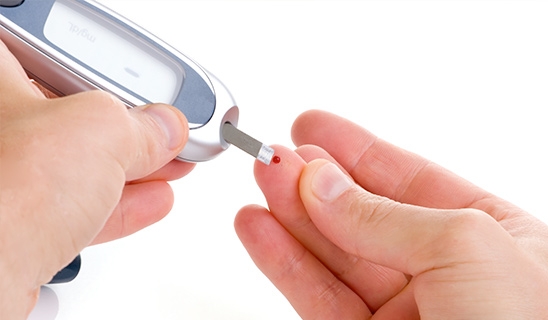
Dangerous Tattoos by Dr Theodore Dalrymple
An editorial in a recent edition of the New England Journal of Medicine drew attention to the outbreak of skin infection caused by tattooing. The bacteria that cause the infection are of the same family as that which causes tuberculosis. They are difficult to detect, grow in culture, or treat.
The infecting bacteria can be transmitted even when the tattoo “artist” practices the strictest hygiene, for it is the inks that have been contaminated before use from sources such as water.
Like one or two other doctors I know who detest tattoos and all that they stand for, I confess (somewhat guiltily) to having experienced a little Schadenfreude as I read the editorial: for doctors are not supposed to feel pleasure at anyone’s illness, however contracted and however much deserved.
If only the American economy had grown at the rate as what the New England Journal calls the “tattoo industry”! The world would be in much better economic shape, for, according to the Journal, the proportion of American adults who have at least one tattoo has risen from 14 percent in 2008 (already much increased from days gone by) to 21 percent today. Fifty percent growth in four years! Not even China could match it.
Nor is this a merely American trend: a friend of mine, a professor of pharmacology, recently visited a university town in Sweden to give a lecture and was surprised to find that practically all the young people there were tattooed. The small town in France near where I live now has at least two tattoo parlours; I was recently in Gloucester, England, where I counted eleven; and a New Zealand doctor-friend, who specializes in treating adolescents, tells me that half of young New Zealanders now have tattoos. The wife of British Prime Minister David Cameron has a tattoo on her ankle.
Presumably the social significance of tattoos has changed somewhat. In 1913, Dr. Charles Goring, a prison doctor, published a vast compendium of statistical information about criminals called The English Convict, in which he wrote:
“It was originally asserted by Lombroso [the famous Italian doctor, anthropologist and criminologist], and the statement has been confirmed by observers, that the criminal displays an inordinate tendency to tattoo his body – the tendency being regarded as an atavistic revival of the love of ornate display, which characterises the savage.” Goring also found that tattooing among criminals was inversely proportional to their intelligence.
But that was in 1913; educational progress has since been immense. The Journal therefore did not comment on the cultural side of the question, on the sudden mass outbreak of extreme bad taste, but dealt only with its health aspects, for example on the ways in which tattooing might be made even safer than it is now:
The US Food and Drug Administration (FDA) is reaching out to health care providers, public health officials, consumers, and the tattoo industry to improve awareness, diagnosis, and reporting in order to develop more effective measures for tattoo ink-related public health problems. Once the tattoo industry has been successfully reached out to, we can safely predict the next stage: publicly funded programs of tattoo removal. How long before there is an editorial drawing our attention to the psychologically damaging effects of unwanted tattoos? And where Psyche comes, can Soma be far behind? Cost-benefit analysis will clearly show the advantages of tattoo removal, from greater self-esteem to better employment prospects.
Want optimal health? Get Ann Wigmore’s RECIPES FOR LONGER LIFE.




